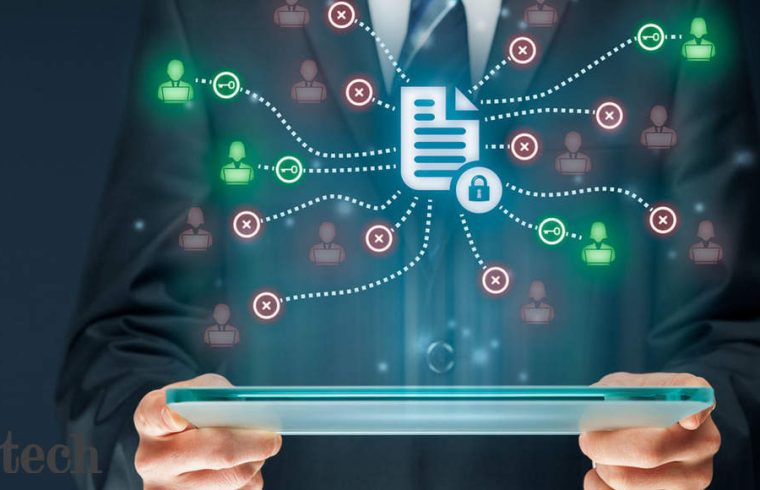
Covid-19 may have thrown curveballs this year but the $ 191 billion-Indian IT sector has shown resilience and 2021 promises more growth opportunities as digital spends go up to tackle the challenges amid the ‘new normal’.
Rapid rise in corona cases at the beginning of the year led to governments enforcing lockdowns in various countries, including India. This posed twin challenges for Indian IT firms — how to ensure business continuity for customers and how to ensure safety of their own staff.
IT firms like Infosys, Wipro and Tech Mahindra booked chartered flights to bring home employees and their families, who were stranded overseas due to the pandemic and visa issues. And almost overnight, IT companies — big and small — embraced work from home.
There were initial hiccups but almost 98% of the IT workforce was working from home at the peak of lockdown in India. Internal meetings, customer engagements and townhalls moved online.
“2020 has been a year of a lot of change and uncertainty… (but) technology is no more being seen as just an enabler, it has become much more integral.
“We were able to transition to a new hybrid operating model with very less downtime for our global customers that has enormously proven the capability of the Indian IT industry,” Nasscom Senior Vice-President and Chief Strategy Officer Sangeeta Gupta told .
She added that customers appreciated the resilience of the industry and IT companies too continue to be agile and hungry for business.
There were concerns that the pandemic might have an impact similar to the one seen during the 2008 financial crisis. The global health calamity had sparked concerns that clients could cut down on their IT budgets to save costs.
As the new fiscal began, IT majors — right from Tata Consultancy Services and Infosys to Cognizant — presented a cautious outlook. They said that all campus offers would be honoured but salary hikes and promotions were put on hold. Infosys and Wipro suspended their practice of providing revenue growth outlook citing an uncertain business environment.
Unlike the 2008 financial crisis, where technology and the economic crisis were in intertwined and technology spending dipped amid economies slowing down, year 2020 saw technology adoption growing much faster than economy and businesses.
“The linkage between technology and economic downturns has got decoupled. This reiterates that technology is going to be integral for future growth. What this pandemic has done is made digital no more just as good to have, but a must have,” Gupta said.
Despite 2020 being a challenging year, companies like Infosys and Wipro closed multi-million and even billion-dollar deals. There were also deals like TCS acquiring 100% shares of Postbank Systems AG (PBS) from Deutsche Bank AG for one euro., wherein about 1,500 PBS employees are transitioning to TCS.
This year has seen cloud adoption growing by leaps and bounds, and laggard sectors like healthcare and education are leading digital adoption today. With schools and colleges shut and hospitals having large number of coronavirus infected-people, these institutions have embraced technology to help students attend classes via smartphones, and patients get digital consultation for non-emergency ailments.
Industry experts said the pandemic has given digital transformation an acceleration that would have taken years to achieve. And IT companies are now making a bigger push for their digital offerings as technology gets ingrained across sales, customer service and operations.
However, there has also been a manifold rise in cyber attack cases, which highlights the need for enterprises to strengthen their IT systems as such threats could affect customer experience and brand image.
With the pandemic continuing and vaccines still in the works, Work From Home (WFH), which is the ‘new normal’, is expected to become a key part of the corporate strategy. Whether 15% or 50% of staff is allowed to work remotely is still to be seen but hybrid work models will definitely be part of the post-vaccine world.
Recently, Infosys CEO Salil Parekh said the future workplace will be hybrid.
“Flexibility will remain critical, and even as we go forward, let’s say when we get past the COVID situation, the flexibility will allow our employees to work from different locations at different times… we also feel that the concept of social capital is extremely important… we have built different models. We have not defined exact contours,” he had said.
While the industry focussed on ensuring business continuity, the government also played a critical role in enabling this ease of working. It eased its policies around remote working for IT and IT-enabled services to reduce compliance burden on them and facilitated not just ‘Work From Home’ but ‘Work From Anywhere’.
The industry hailed this as a progressive move that will bring in more inclusivity as it would help bring people from smaller towns as well as women who have quit for various reasons, into the workforce.
The Indian government, which has been using technology to deliver citizen services, continued to bet on mobile and other technologies to provide people access to free ration, healthcare and other critical services amid the lockdown.
The year was also a critical one for the sector as the US — the biggest market for Indian IT companies — held Presidential elections. During the year, the Donald Trump administration had placed a number of restrictions on H-1B visas to restrict the ability of American companies to hire foreign employees.
Joe Biden has emerged victorious and is now scheduled to take over as the 46th US President on January 20. The industry will wait for the leader’s approach to the visa issue.
Gupta said one should look at India-US technology relationship beyond the H1-B visas, given that Indian IT companies are creating thousands of local jobs, skilling people and helping businesses stay competitive.
Skilling, in fact, has been a key area of focus for Indian technology companies as 5G and advent of smarter devices unleash a new era of growth and opportunities.
GlobalLogic Senior Vice President and Head of APAC Sumit Sood said as data becomes more ubiquitous, 5G and smart devices will transform and streamline customer experiences to a seamless, hyper-personalised engagement.
“… 2021 will bring more promise and propel businesses to include digitisation and invest in IT infrastructure as part of their core business strategy.
While our reality continues to evolve, businesses will realise great value in automation, cloudification, touchless and remote technology and Everything as a Service (XaaS) delivery models will shape the next phase of technology evolution to provide scalable solutions for mass adoption,” he added. SR RAM RAM







